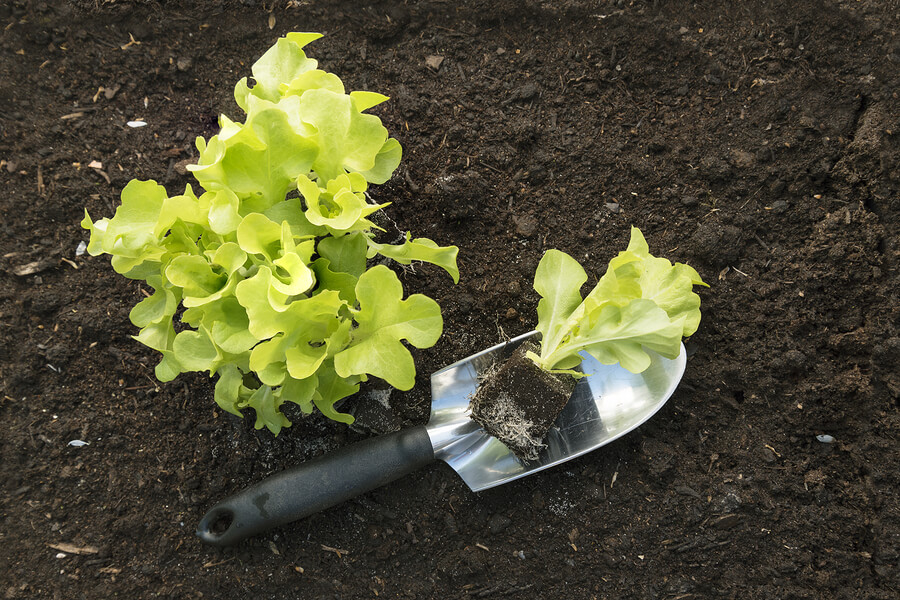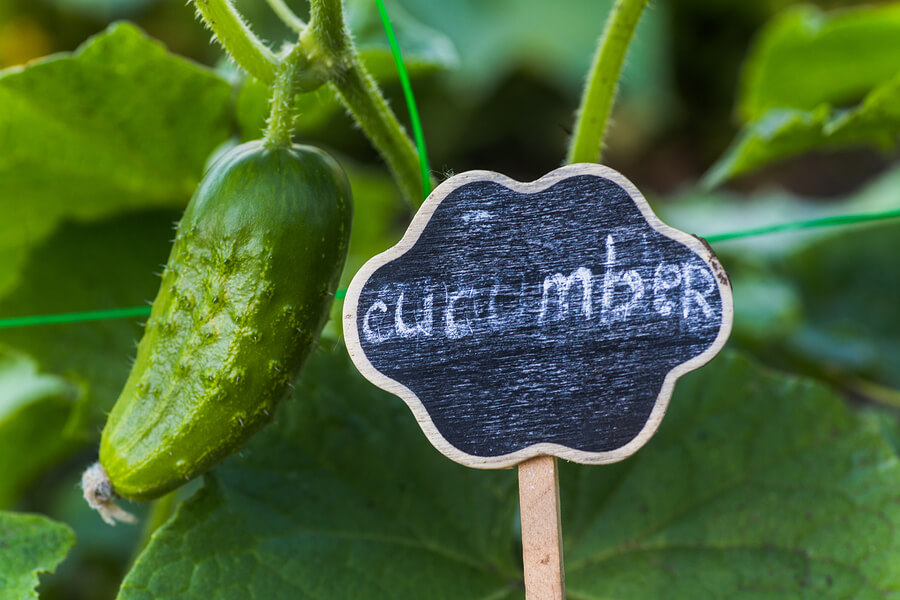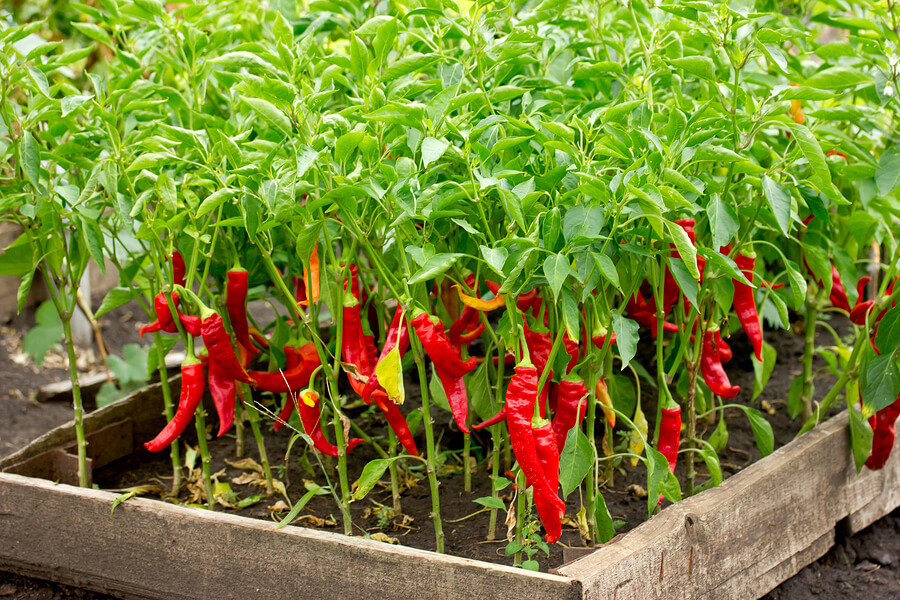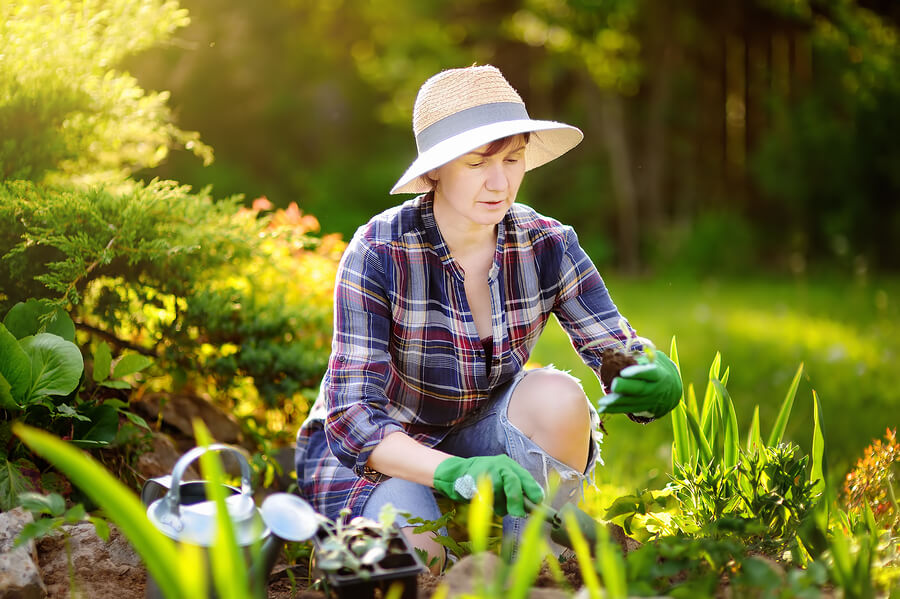Table of Contents
Garden for Beginners
seeds sprout and grow into beautiful, bountiful plants can be therapeutic, while the fresh, homegrown produce is unmatched. However, if you're new to gardening, knowing where to start can be a challenge. This comprehensive guide will take you through the easiest crops for beginners to cultivate, offering you the perfect starting point on your gardening journey.
Why Start Gardening?
Before we delve into our list of beginner-friendly crops, let's talk about why you should start gardening. Growing your own food can be a healthy and cost-effective hobby. It offers a sense of achievement and the opportunity to understand where your food comes from. Plus, there's something uniquely satisfying about preparing a meal with ingredients you've grown yourself.

The Fundamentals of Gardening
Embarking on your gardening journey necessitates a fundamental understanding of what it takes to create a flourishing garden. Here are some key elements to consider:
Sunlight Exposure
The majority of vegetable crops thrive under ample sunlight. A rule of thumb is to ensure that your garden is receiving at least six hours of direct sunlight each day. This is essential as sunlight is a key component of photosynthesis, the process by which plants produce their food.
Soil Quality
The productivity of your garden is highly dependent on the quality of your soil. Ideal soil should be rich in organic matter, which includes compost, decomposed leaves, and other natural material that feed your plants. Furthermore, the soil should possess good drainage properties to prevent waterlogging which can be harmful to the roots of your plants.
Water Management
Maintaining a consistent watering schedule is another crucial factor for a thriving garden. Plants need water for their survival and growth. However, caution should be exercised as overwatering can lead to root rot, a detrimental condition that can harm or even kill your plants. It's important to strike a balance, providing your plants with the hydration they need without oversaturating them.
Plant Spacing
Each crop has unique spacing needs that must be taken into account to avoid overcrowding, which can lead to competition for resources like sunlight, water, and nutrients. Prior to planting, make sure to research the specific spacing requirements for each plant. This will ensure that your plants have the necessary room to grow and maximize their yield.
Crop Rotation
This practice involves changing the location of specific crops each year. Crop rotation helps to maintain soil fertility and reduce the buildup of pests and diseases that can negatively impact your plants. By rotating your crops, you can ensure your soil remains rich and your plants stay healthy.
Fertilizer Application
Nutrients in the soil can be depleted over time as plants grow and use them up. Thus, the application of organic or synthetic fertilizers can help replenish these nutrients and keep your plants thriving. Be sure to follow guidelines on how and when to apply different types of fertilizers for the best results.
Weed Management
Weeds can compete with your plants for nutrients, water, and sunlight. Regular weeding ensures that your plants get all the resources they need to grow. You can pull out weeds manually or use organic mulch to suppress their growth.

Easy-to-Grow Crops for Beginners
Armed with the basic knowledge of gardening, it's time to delve deeper into the selection of crops that are perfectly suited for novice gardeners. Let's explore these beginner-friendly plants in greater detail.
Lettuce and Other Leafy Greens
Starting your gardening journey with leafy greens such as lettuce, spinach, and kale is an excellent choice. These plants sprout and mature quickly, presenting an almost instant gratification for your gardening endeavors. Furthermore, these varieties can be harvested numerous times throughout their growing season, providing a consistent supply of fresh greens for your meals.
Radishes
Radishes hold a reputation as one of the fastest maturing vegetables, frequently reaching harvesting stage within just a month from planting. As a cool-season crop, you have the flexibility to sow radishes in both the spring and fall, thereby extending your gardening season.
Green Beans
Whether you opt for the climbing habit of pole beans or the compact size of bush beans, both are remarkably easy to cultivate. They exhibit high germination rates, speedy growth, and an abundant yield, which are encouraging for novice gardeners.
Zucchini
Zucchini is another beginner-friendly crop thanks to its high productivity level. Each plant can produce several zucchinis, ensuring a generous harvest. An added bonus is their resilience against most pests and diseases, which lessens the worry about plant health.
Tomatoes
Tomatoes, despite being susceptible to a variety of diseases, are still a fantastic option for beginners. Their vigorous growth and bountiful production can make any novice gardener feel like a pro. Plus, homegrown tomatoes often far exceed the taste of store-bought ones.
Bell Peppers
Bell peppers are heat-loving plants that adapt well to container gardening, making them suitable for those with limited garden space. They also produce fruits in a spectrum of colors—from green and red to yellow and purple—that can brighten up your garden landscape.
Cucumbers
Cucumbers are known for their vigorous growth and can be trained to climb trellises or fences, optimizing the usage of vertical space in your garden. It's advisable to select disease-resistant varieties for a healthier and more prolific crop.

Tips for Successfully Growing Your Beginner Garden
Apart from selecting beginner-friendly crops, there are several other factors that can contribute significantly to your gardening success. Here are some indispensable guidelines that novice gardeners should consider:
Understand Your Climate
Every plant species has its preferred climate. Recognizing your local weather patterns and seasonal shifts can assist you in choosing crops best suited for your area, and more importantly, in identifying the perfect time to plant them. For instance, tomatoes, peppers, and cucumbers are lovers of warm climates, while leafy greens and root vegetables such as radishes and carrots can withstand cooler conditions. A nuanced understanding of your climate will give your plants a greater chance to thrive.
Prioritize High-Quality Soil
The key to a flourishing garden often hides beneath the surface—in the soil. Nutrient-rich soil, with a texture that retains water just long enough for plant roots to absorb it, but drains efficiently to avoid waterlogging, is the goal. One way to enrich your garden soil is by adding compost. If you have doubts about your soil's nutrient content or composition, it could be worth investing in a soil test.
Invest in an Efficient Watering System
Uniform watering, especially for freshly planted specimens, is of paramount importance. However, keep in mind that different plants have varying water requirements. Some plants thrive when their soil dries out completely between watering sessions, whereas others need consistently moist soil. Drip irrigation systems or soaker hoses are wise investments as they deliver water directly to the plant roots, minimizing evaporation and ensuring effective hydration.
Implement Crop Rotation
Crop rotation is a proven strategy to maintain soil health and prevent diseases from taking root in your garden. This practice involves changing the type of crop planted in each garden bed annually, disrupting disease and pest cycles and promoting nutrient balance in the soil.
Safeguard Your Garden from Pests
Different plants attract different pests. By employing natural pest management methods like introducing predator insects, utilizing physical barriers and traps, or applying homemade sprays, you can keep harmful pests at bay effectively without resorting to harmful chemicals. The key is to create a balanced ecosystem where pests are controlled naturally.

Starting Your Seeds Indoors
For a range of crops, especially those which require a lengthy growing season like tomatoes and peppers, initiating the germination process indoors can be extremely beneficial. This method offers several advantages:
Early Start
Starting seeds indoors allows you to jump-start the growing season. This is especially useful for plants that have a longer maturation period. By the time the weather is warm enough to plant outdoors, you will have sturdy seedlings ready to be transplanted, thereby extending the productive period of your garden.
Controlled Environment
Germinating seeds indoors lets you control the early growth conditions. From temperature and light to moisture levels, you can optimize each factor to ensure your seedlings develop under the most conducive circumstances. This controlled environment reduces the chances of young, vulnerable seedlings being adversely affected by unpredictable weather, pests, or diseases.
Healthy, Strong Plants
With an indoor start, you can nurture the growth of robust and healthy plants. Seedlings grown indoors can be more vigorous right from the beginning, leading to stronger plants that are better prepared to survive and flourish once they are transplanted into the outdoor garden.
The Importance of Patience and Observation
Embarking on your gardening venture is a continuous learning process, rather than a single event with an ultimate end goal. Here are some key considerations that can help you succeed in your gardening journey:
Cultivating Patience
Gardening requires patience. Plants need time to grow and produce, and rushing the process can often lead to subpar results. Understand that plants follow their own natural timeline that can't be hurried. Embrace the waiting period as an opportunity to observe your garden's progress, rather than a time of idle anticipation.
The Joy of the Journey
Learn to enjoy every stage of the gardening process, from the initial planning and seed planting to nurturing growth and finally harvesting. Each phase offers its unique rewards, from the first sprouting seedlings to the lush, fully-grown plants bearing fruits or vegetables. Don't simply focus on the end results; the process itself is equally gratifying.
Observation is Key
Pay close attention to your garden. Regular observation can provide you with valuable insights. You'll begin to understand which plants thrive in which areas, which ones struggle, and how changes in weather patterns affect your garden. This knowledge is crucial and can guide your gardening practices in the future.
Learn from Mistakes
If you're new to gardening, chances are you'll make a few mistakes along the way – and that's completely fine! Use these as learning opportunities. Perhaps a particular crop didn't yield as expected, or a pest problem got out of hand. Instead of viewing these as failures, see them as valuable lessons that will shape your future gardening strategies.
Adaptability
As you gain experience and learn more about your garden's unique ecosystem, be willing to adjust your gardening practices as needed. If a particular crop isn't thriving in a certain location, consider moving it to another part of your garden. If a pest problem persists despite your efforts, research and try different pest control methods. The ability to adapt is a crucial trait of a successful gardener.
Conclusion
Embarking on the journey of starting your own garden can be a deeply gratifying experience, offering far more than just fresh produce right at your doorstep. It can also instill a profound sense of accomplishment and connection with nature that few other activities can replicate.
By initiating your gardening adventure with these beginner-friendly crops, you're setting the stage for a triumphant start. These crops are not only easier to grow but they also familiarize you with the fundamental aspects of gardening, offering early lessons in patience, observation, and care.
This early success can be incredibly encouraging for any budding gardener, providing a robust foundation from which you can build your gardening skills. As you taste the fruits (or vegetables!) of your labor, you'll gain the confidence and motivation to continue nurturing your green thumb. This can eventually lead to exploring a wider array of crops, experimenting with more challenging varieties, and deepening your understanding of the gardening world.




Comments
Loading…